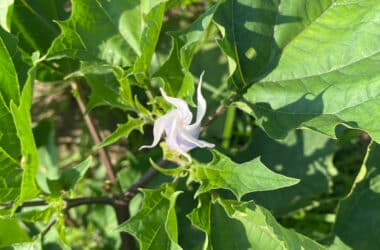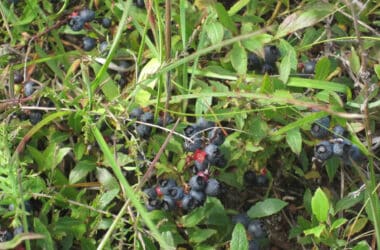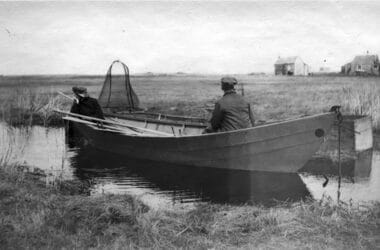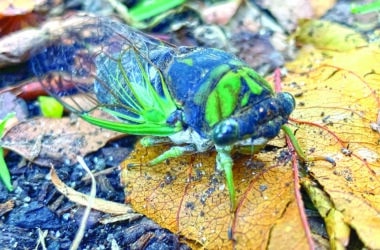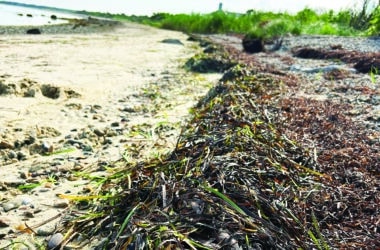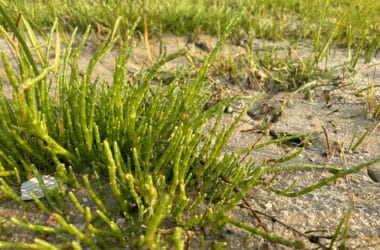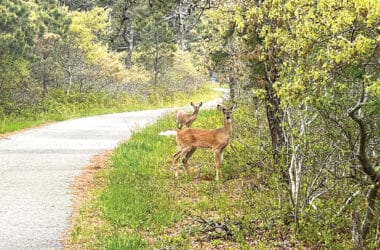In our society we tend to idealize and idolize pioneers. Think of those intrepid travelers who went west in the mid-1800s. Or those who explored somewhere for the first time. It takes a certain character to be the first to do something: not only spunk, but grit and determination. If you’re the first to settle in a new area, you have to figure out space, resources, safety. How are you going to survive? We admire these qualities in people who start from scratch, find new territory, put a flag on the moon.
Tag: Dr. Sarah Treanor Bois
July on Nantucket Is a Forager’s Paradise
I am spoiled this time of year, lucky to be working out on the Linda Loring Nature Foundation landscape or going out for walks with my dog on one of the various conservation trails around the island. This time of year, mid- to late-July is when the berries are at their peak, and I can easily find a snack while out in the hot summer sun. It’s a fun time to start foraging for your snacks.
Secrets of the Ditch
The Madaket Ditch…it doesn’t have a very sexy name, but it is one of the most fascinating and vital parts of the western end of our island. For something so essential to the water quality of Long Pond, it is an often-missed feature of the landscape. Most islanders and visitors have never even seen it.
Will Brood XIV Miss the Boat to Nantucket?
You may have been hearing some buzzzzz about cicadas in our regional news outlets lately. Throughout the state, people are preparing for an onslaught of insects. Why, when, and where?
The Mystery of Eels on Nantucket
As spring weather finally begins to grace us here on Nantucket, we begin to look for our favorite signs of spring; cherry blossoms, daffodil blooms, spring peeper chorus, osprey returning, and…eels! That’s right, the annual spring migration of young eels is upon us, heralding the start of spring for the island.
The Wrack Line
The past several days have been stunningly beautiful, though the hot and muggy weather forcing us to seek relief at the shoreline—well, forcing might be too strong a word. How about: it gave us an excuse to head to the beach to swim and play in the water. Whether on vacation, trying to occupy the kids, or just i need of a little salt water solace, many of us have escaped to the beach these past few weeks.
Sea Pickles: A Tasty Saltmarsh Indicator
by Dr. Sarah Treanor Bois, PhDDirector of Research & Education at the Linda Loring Nature Foundation Chicken claws, sea beans, glasswort, sea asparagus—these are all common names for the same plant. With multiple species of glasswort worldwide, these plants are commonly called by their Latin genus, Salicornia. The word “salicornia” […]
Missing Mammals
A theme of many of my articles is how special and unique Nantucket’s flora and fauna are. Often I highlight rare species that call the island home: endangered plants, rare butterflies, insects, threatened birds… life on-island that makes Nantucket’s ecology unique. Today, however, I am going to discuss the absence of a group of species which gives the island species character: mammals.

